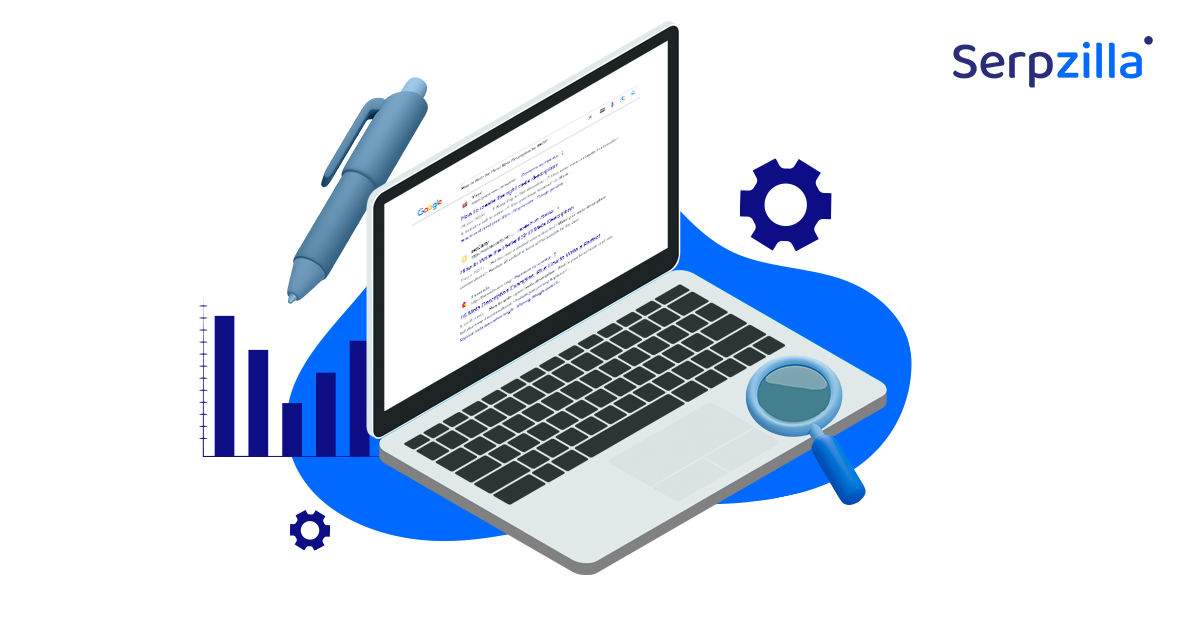As an SEO specialist, I’m excited to share with you a hands-on guide to effectively leveraging meta tags to enhance your site’s visibility on the internet. This guide will not only cover the basics of setting up title tags, meta descriptions, and headers but also provide real-world examples to demonstrate how these elements can be optimized to boost your SEO performance.
Creating Effective Title Tags
Let’s start with title tags. For instance, if you have a webpage about homemade chocolate recipes, a compelling title tag could be “Easy Homemade Chocolate Recipes | Your Kitchen Companion.” This title is concise, reflects the content, incorporates keywords (“homemade chocolate recipes”), and includes a brand or site name for better recognition in search results.
Optimizing Meta Descriptions
Meta descriptions serve as your webpage’s elevator pitch on search results pages. For example, using our chocolate recipe site, an effective meta description might be, “Discover simple, delicious homemade chocolate recipes with step-by-step instructions—perfect for any chocolate lover!” This description uses emotional appeal (“delicious”, “perfect for any chocolate lover”) and includes a call to action, enhancing its potential to drive clicks.
Using Headers to Structure Content
Headers help organize and structure your content effectively. On a page about chocolate recipes, you might use H1 for the main title “Ultimate Guide to Homemade Chocolates,” followed by H2s like “Ingredients for Homemade Chocolate,” “Step-by-Step Chocolate Making Process,” and “Tips for Perfect Chocolates Every Time.” This logical structure helps search engines understand the main and secondary topics of your page, boosting SEO.
Strategic Use of Meta Keywords
While meta keywords are less critical for Google, they can still be valuable on other platforms. For instance, including meta keywords like “homemade chocolate, easy chocolate recipes, DIY chocolates” can help your page rank better in smaller or niche search engines that still value these tags.
Implementing Social Media Meta Tags
Social media meta tags can significantly influence how your content is shared online. For instance, if you’re promoting a chocolate recipe guide, setting the OG (Open Graph) tags to display a tempting image of homemade chocolates, a catchy title, and an enticing description can increase shares and engagement on platforms like Facebook.
Monitoring and Updating Meta Tags
Regularly revisiting and refining your meta tags is crucial. For example, if analytics show that the “Ultimate Guide to Homemade Chocolates” page has a lower than expected click-through rate, updating the meta description to be more dynamic or adjusting the title tag could help improve visibility and engagement.
By employing these strategies and continuously adapting to SEO best practices and trends, you can significantly enhance the impact of your website’s meta tags. Always keep in mind that SEO is an ongoing process of testing, learning, and optimizing. By staying proactive and responsive to analytics, you can ensure your website captures and retains the attention of your desired audience, driving more traffic and engagement over time.





